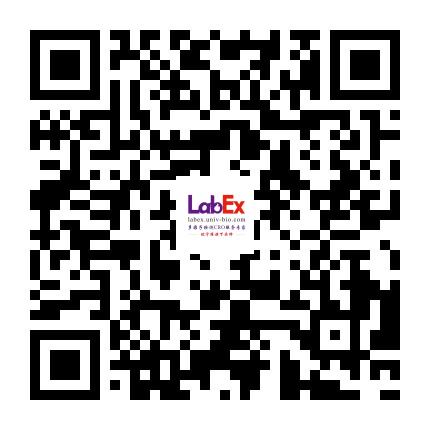S100A8 & S100A9: Alarmin mediated inflammation in tendinopathy
Alarmins S100A8 and S100A9 are endogenous molecules released in response to environmental triggers and cellular damage. They are constitutively expressed in immune cells such as monocytes and neutrophils and their expression is upregulated under inflammatory conditions. The molecular mechanisms that regulate inflammatory pathways in tendinopathy are largely unknown therefore identifying early immune effectors is essential to understanding the pathology. Based on our previous investigations highlighting tendinopathy as an alarmin mediated pathology we sought evidence of S100A8 & A9 expression in a human model of tendinopathy and thereafter, to explore mechanisms whereby S100 proteins may regulate release of inflammatory mediators and matrix synthesis in human tenocytes. Immunohistochemistry and quantitative RT-PCR showed S100A8 & A9 expression was significantly upregulated in tendinopathic tissue compared with control. Furthermore, treating primary human tenocytes with exogenous S100A8 & A9 significantly increased protein release of IL-6, IL-8, CCL2, CCL20 and CXCL10; however, no alterations in genes associated with matrix remodelling were observed at a transcript level. We propose S100A8 & A9 participate in early pathology by modulating the stromal microenvironment and influencing the inflammatory profile observed in tendinopathy. S100A8 and S100A9 may participate in a positive feedback mechanism involving enhanced leukocyte recruitment and release of pro-inflammatory cytokines from tenocytes that perpetuates the inflammatory response within the tendon in the early stages of disease.- Sci Rep
- 4.6
- 2019 Feb 6;9(1):1463.
- Human
- 抗体芯片
- 免疫/内分泌
- 免疫/内分泌
- 单核细胞
- ADAM8,Cathepsin X/Z/P,MMP-7,ADAM9,DPPIV/CD26,MMP-8,ADAMTS1,Kallikrein 3/PSA,MMP-9,ADAMTS13,Kallikrein 5,MMP-10,Cathepsin A,Kallikrein 6,MMP-12,Cathepsin B,Kallikrein 7,MMP-13,Cathepsin C/DPPI,Kallikrein 10,Neprilysin/CD10,Cathepsin D,Kallikrein 11,Presenilin-1,Cathepsin E,Kallikrein 13,Proprotein Convertase 9,Cathepsin L,MMP-1,Proteinase 3,Cathepsin S,MMP-2,uPA/Urokinase,Cathepsin V,MMP-3
相关货号
LXAH035-2
Abstract
Alarmins S100A8 and S100A9 are endogenous molecules released in response to environmental triggers and cellular damage. They are constitutively expressed in immune cells such as monocytes and neutrophils and their expression is upregulated under inflammatory conditions. The molecular mechanisms that regulate inflammatory pathways in tendinopathy are largely unknown therefore identifying early immune effectors is essential to understanding the pathology. Based on our previous investigations highlighting tendinopathy as an alarmin mediated pathology we sought evidence of S100A8 & A9 expression in a human model of tendinopathy and thereafter, to explore mechanisms whereby S100 proteins may regulate release of inflammatory mediators and matrix synthesis in human tenocytes. Immunohistochemistry and quantitative RT-PCR showed S100A8 & A9 expression was significantly upregulated in tendinopathic tissue compared with control. Furthermore, treating primary human tenocytes with exogenous S100A8 & A9 significantly increased protein release of IL-6, IL-8, CCL2, CCL20 and CXCL10; however, no alterations in genes associated with matrix remodelling were observed at a transcript level. We propose S100A8 & A9 participate in early pathology by modulating the stromal microenvironment and influencing the inflammatory profile observed in tendinopathy. S100A8 and S100A9 may participate in a positive feedback mechanism involving enhanced leukocyte recruitment and release of pro-inflammatory cytokines from tenocytes that perpetuates the inflammatory response within the tendon in the early stages of disease.
金课堂之文献解析 文献原文请点击
本网站销售的所有产品及服务均不得用于人类或动物之临床诊断或治疗,仅可用于工业或者科研等非医疗目的。







 沪公网安备31011502400759号
沪公网安备31011502400759号
 营业执照(三证合一)
营业执照(三证合一)


